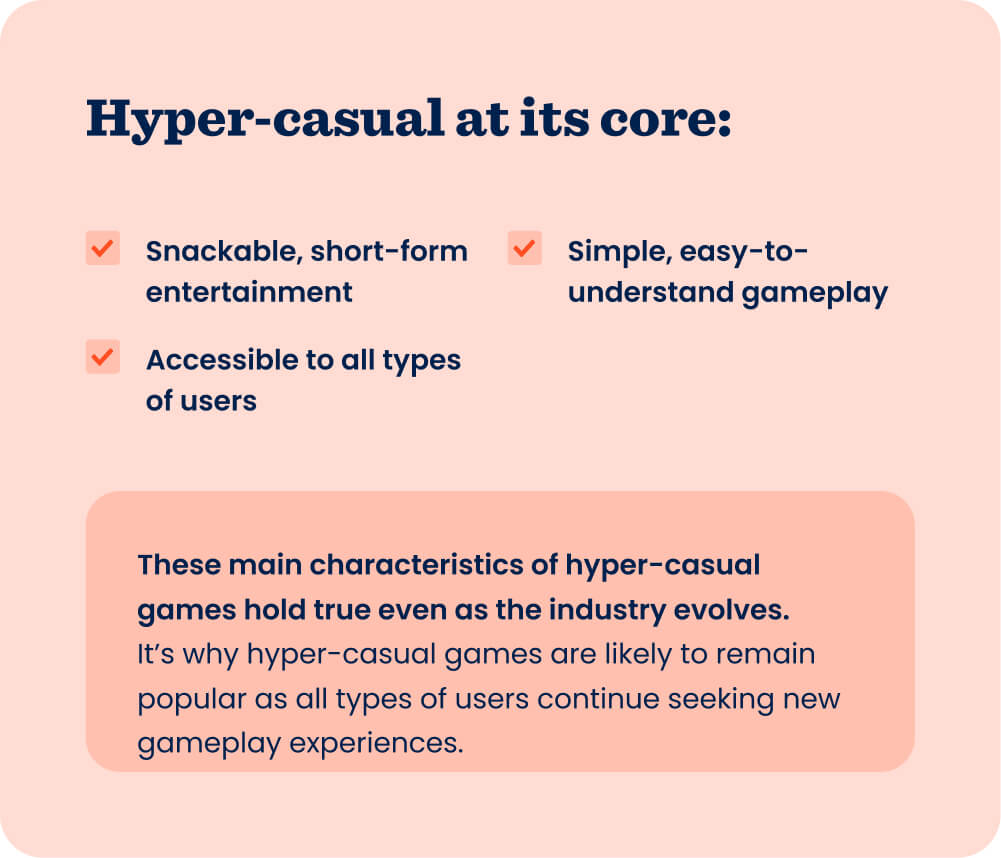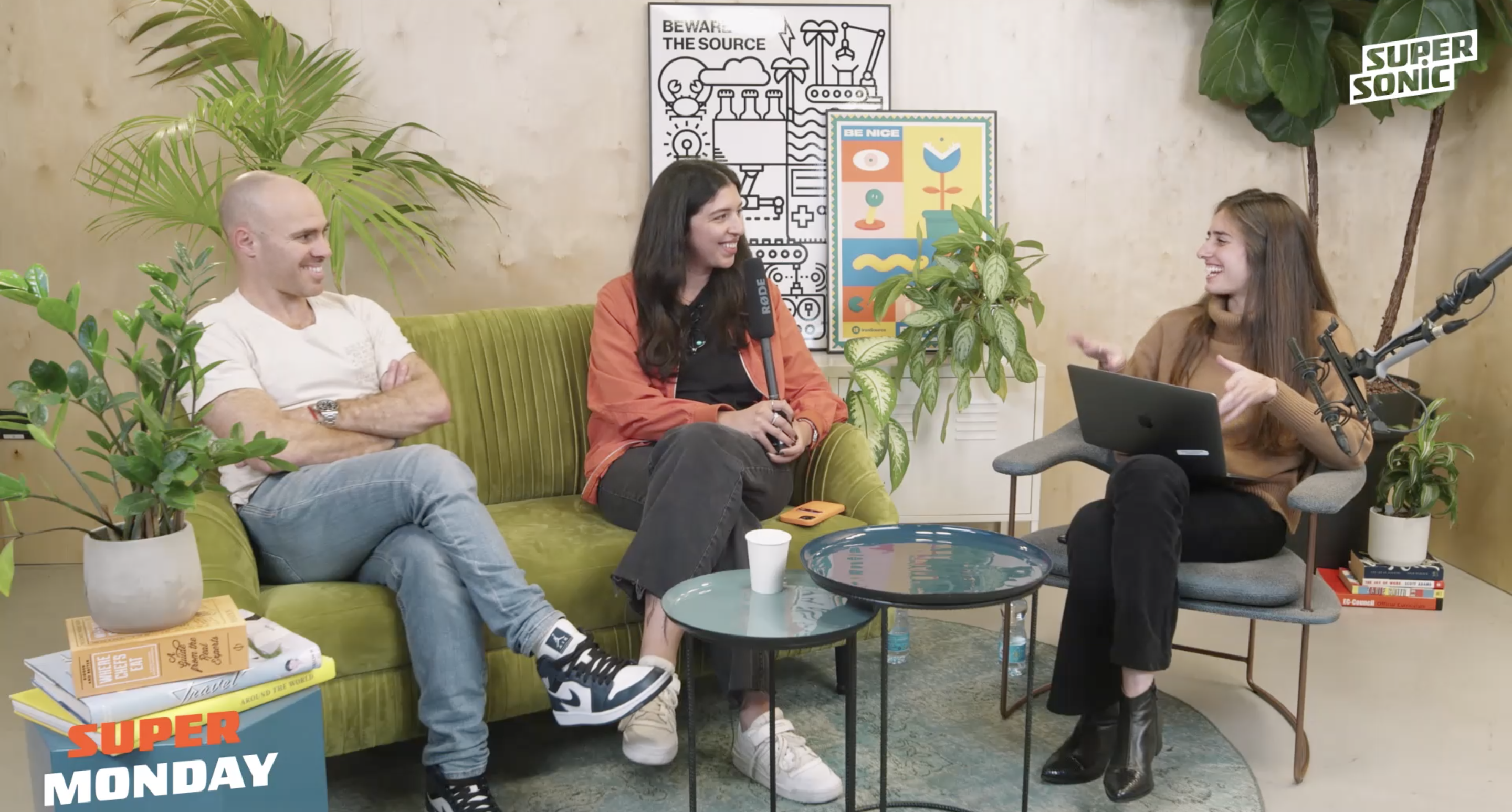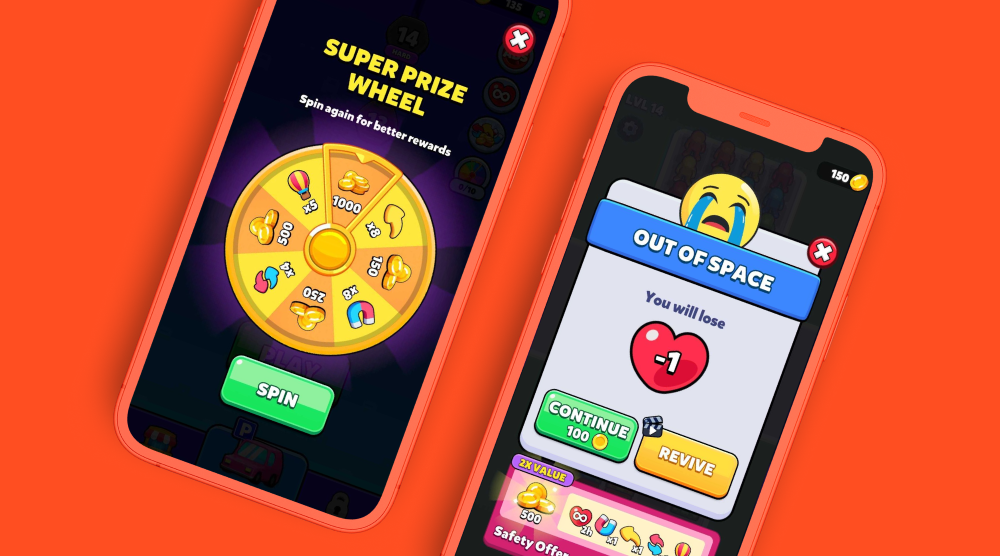With a new year comes new trends, market shifts, and technologies that are set to make a big impact on the hyper-casual landscape as we know it. To help you kick off 2023 successfully, our last SuperMonday of the year was dedicated to predicting these changes. Catch the full webinar at the end of the article, and keep reading to learn what Nadav Ashkenazy, SVP Supersonic, and Danielle Reich-Cohen, VP of Gaming, wrap up the biggest takeaways from 2022, share what they think will be the top hyper-casual trends of 2023, and discuss what the larger mobile ecosystem will look like.
Wrapping up 2022
Before jumping ahead to 2023, take a look at what defined the previous year. Often, the trends from the year before inform those of the future - so don’t overlook what happened in 2022.
Popular genres
Looking back on the previous year, three hyper-casual genres stood out as strong performers:
- Runners: This always-popular genre showed it still has very high marketability and profitability with games like Tall Man Run and Rope Man Run reaching the top of the charts
- io games: Long-lasting success defines these games, with older titles like Hide N Seek and Bridge Race still maintaining their place in the charts and generating consistent profit
- Idle arcade: Idle arcade games like My Mini Mart exploded in popularity in 2022, with their strong in-game metrics and high LTV compensating for often lower marketability
TikTok’s influence
Another big trend of 2022: TikTok as an ideation - not only for game concepts but also creative strategies and early marketability testing. As TikTok began reaching billions of people worldwide, its importance for hyper-casual certainly grew - with top-chart hits inspired by viral videos, like Color Match. Plus it became highly effective as a UA channel, with many hyper-casual games using it as a top network to scale significantly.
And since TikTok has such a huge following, it represents a major marketability opportunity - viral game concepts that succeed on TikTok tend to perform very well across other channels, too. So, Supersonic introduced TikTok into our marketability testing to give concepts a better opportunity to succeed.
Hyper-casualization of casual games
It’s not a new phenomenon for casual games to inspire hyper-casual versions - but 2022 was a year in which we saw new ways to hyper-casualize games. For example, clicker games and idle arcade grew in popularity and were simplified, snackable variations of casual mechanics.
Casual comes to hyper-casual
The depth of casual games also became more pronounced in hyper-casual this year. It became common to see hyper-casual titles with deeper meta and a secondary game economy - traditional signatures of casual games. In fact, this movement towards greater complexity and depth reflects the shift in the large mobile ecosystem in 2022.
The state of the mobile game industry
With the COVID-19 pandemic easing in many places across the globe in 2022, the effect of people returning to routines off of their phones along with other macro conditions, like inflation and IDFA privacy regulations, is starting to hit the industry. The pandemic had a major impact on the mobile app industry at large. For example, in 2021, users spent an average of 4.8 hours per day on their mobile device - up 30% from 2020.
Financial conditions have made app marketers reconsider their budgets and reduce spend. Meanwhile, privacy regulations like Apple’s ATT have made the UA environment less transparent and more expensive - less accuracy means advertisers need to spend more to find the right users. All of these factors are driving CPI upwards, making it more expensive to scale.
Since hyper-casual games are largely ad-based, these changes have pushed hyper-casual developers to work on increasing their games’ LTV. In the past, if a hyper-casual game had a very low CPI it was pretty much a guarantee that it would be profitable. However, as CPIs have risen and costs of scaling with them, this no longer holds true. Hyper-casual games need to improve their later-day metrics to improve profitability - this means creating deeper gameplay experiences, improving quality, and making progression more sophisticated so users play for longer.
As the cost of scaling increases, hyper-casual games need to improve their later-day metrics to improve profitability.
The macro effects on the economy may shift over time, but it’s likely that the transition in hyper-casual development towards deeper, more complex games will remain.
2023 hyper-casual game predictions
Considering the trends from 2022, the state of the mobile gaming industry, and new advancements, it’s time to take a look at what’s likely to define 2023 in hyper-casual.
ChatGPT for hyper-casual ideation and development
Open AI tools aren’t just for writing term papers; they can also be utilized by hyper-casual developers for everything from ideation, content creation, and dialogues to solving complex code problems. Chat GPT and other Open AI tools can help developers perform certain programming tasks much faster, acting like a highly intelligent assistant.
You'll still need the expertise and know-how to design a strong core for a game - but OpenAI tools can help you streamline your daily tasks so you can test, build, and launch games more quickly. We’re expecting to see these smart tools adopted by more gaming companies and incorporated into their development processes. As a result, we’ll likely see innovative games utilizing artificial intelligence and machine learning in the coming years as this technology advances.
Rise of player ownership
What began with NFTs and blockchain technology has recently pivoted to technology that enables players to actually own game assets that enhance the gameplay experience. As players acquire assets during play, they become the true owner of that asset - they can use it outside of the game for trading with other players, keep it as a collectible in their wallets, and use it in other games, such as a power-up. This type of player ownership can lead to greater community building and enhance engagement across apps.
Studio specialization
In the past, there weren’t as many hyper-casual sub-genres - developers could develop many types of games and still achieve success. Now, the hyper-casual industry has grown to include many more types of games that are drastically different from one another. As a result, each requires a unique approach, different code-based templates, and specific creative processes.
The demand for a strong product is higher than ever - focusing on just one type of game can help direct your resources efficiently as you play to your strengths.
We’ll start seeing more studios lean into what they’re good at and focus on developing one type of hyper-casual game. In the current environment where the demand for a strong product is higher than ever and LTV needs to be maximized, you need to deliver the best possible game. Quality can suffer if you’re trying to build too many different types of games at once - focusing on just one can help direct your resources efficiently as you play to your strengths. If you’re great at turning TikTok viral videos into hyper-casual concepts, then keep going with that. If building out complex idle arcade games with secondary economies is what you love, then stick with it!
Hyper-casual is here to stay
The mobile game ecosystem is pushing hyper-casual games to be more complex and deep to improve LTV. By no means does this mean hyper-casual is over - quite the opposite: Supersonic is predicting hyper-casual games will remain a major focus in 2023, and we’re introducing new platform updates to support this.

We’re likely to see the core characteristics of hyper-casual games to remain the same:
- Snackable
- Simple
- Accessible
Due to their engaging and easy-to-understand gameplay, hyper-casual games have a huge audience base that continues to grow as users search for new and exciting gaming experiences. Even as they introduce deeper meta and complex progression, hyper-casual games still remain highly marketable and accessible titles at their core that are meant for mass adoption.
What’s next?
For us here at Supersonic, we’re excited to share even more resources, launch even crazier competitions, and release even better updates and products in 2023. As you take these predictions and turn them into hit concepts this year, we’ll be here to test and grow them together.
Let's put these tips to good use
Publish your game with Supersonic



